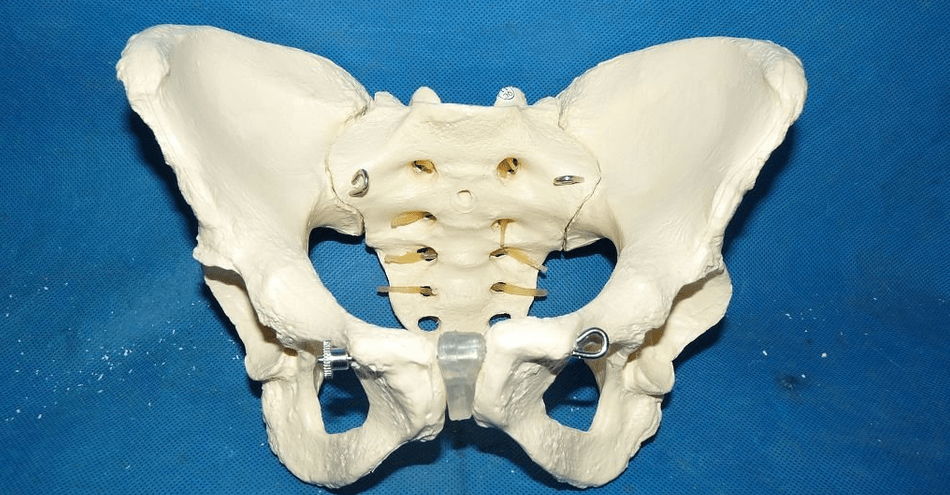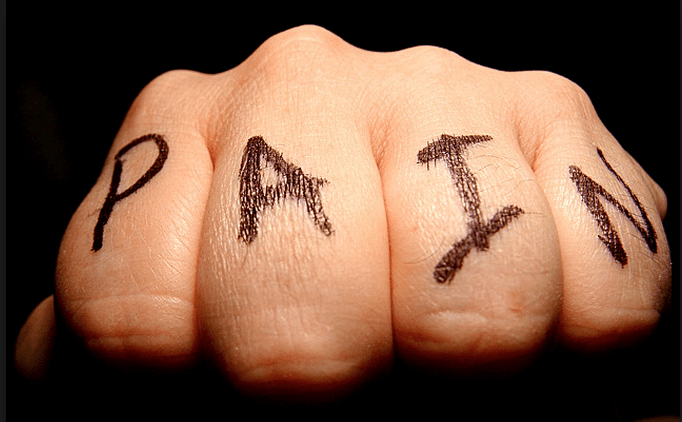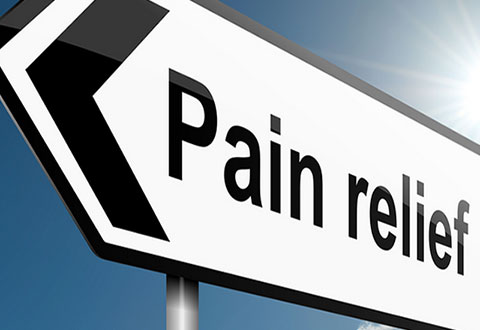If you have a pelvic floor disorder (including tension/weakness in the pelvic muscles), you are not alone. Pelvic floor disorder and tension is the largest contributor to chronic prostatitis. Pelvic floor disorders are responsible for about 50% of all chronic pelvic pain syndrome (CPPS) cases. Once identified, these problems have a number of treatment options.
Let’s get an understanding of what the pelvic floor even is. All men and women have a pelvic floor. In men, the pelvic floor is made up of the muscles, tissues, and nerves that support the bladder, rectum, prostate, and other pelvic organs. The pelvic floor muscles form a hammock-like support, working together with other pelvic organs to contract and relax. When they are all working properly they help men urinate, defecate, and even enjoy sexual intercourse. However, when the muscles are in spasm, weakened, or do not work properly, it is called pelvic floor dysfunction.
Each patient can experience slightly different symptoms of pelvic floor disorder. The most common physical symptoms of pelvic floor disorder include the following:
- pain
- pelvic pressure
- urinary incontinence
- other urinary problems
- sexual problems
- pain with orgasm
- discomfort from sitting for long periods
- problems with bowel function
- constipation
- the sensation of not having emptied the rectum after a bowel movement.
The problems with bowel function can lead to bowel incontinence if residual stool leaks out of the rectum. Pelvic floor disorder can cause other detrimental effects to a man’s quality of life (and can lead to sexual dysfunction). These problems can greatly affect a man’s self-esteem and cause depression and other psychological symptoms.
A doctor can usually diagnose a pelvic floor disorder through a digital rectal exam with a lubricated and gloved finger. When performing the exam, the doctor can feel the muscles on either side of the prostate to determine if the muscles are hard or tight, which may indicate a pelvic floor spasm. Related pelvic floor disorders can include neuromuscular tension, chronic tension disorder, myofascial pain syndrome, and stress and emotional health issues.
Men can usually find relief for pelvic floor disorders through relaxation and alternative prostatitis treatments. These can include the following:
- acupuncture
- biofeedback
- cognitive behavioral therapy
- trigger point release therapy
- prostate massage
- biofeedback therapy
- pelvic floor rehabilitation
- exercise
- prostate massage
- reflexology
- weight loss
- stress management
- sitz bath
- pillows and cushions
- Ayurvedic medicine
- yoga
- Tai chi
- meditation
- water-indiced thermotherapy
- ice packs
- heat therapy
- Wise-Anderson protocol
- homeopathy
- high-frequency stimulation
Many of these above therapies used in combinations with other natural treatments are part of whole body holistic therapeutic programs such as physiotherapy with The Renew XY Health Program for Men and the NPAT program, which was developed by Dr. Geo Espinosa, a naturopathic urologist. NPAT stands for natural treatments phytotherapy, alternative treatments, and total body.
There are some exercises you should not do if you have tight pelvic floor muscles, and these are Kegels. Even though Kegel exercises are used to strengthen pelvic muscles, men who suffer from chronic prostatitis and pelvic floor disorders should NEVER do Kegel exercises because they can increase tension in those already tight muscles. In fact, the Renew XY Health Program for Men offers reverse Kegels and other excises that do the opposite of Kegels and help release the tension to those muscles.







